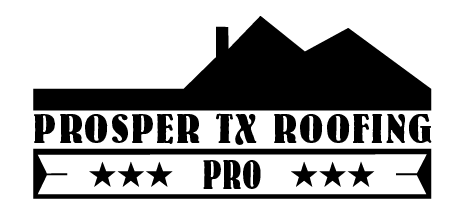Advantages and disadvantages of various roofing system
While constructing any building, choosing the best and the right roof is essential both for practical function and also aesthetic design. The style of the roof depends on the area. The models, roof shapes, and techniques have been made to accommodate the structure needs they are covering. The requirements that are needed for the protection of roof include weather, compatible design with the structure and internal uses like electrical wiring, piping, insulation, and ventilation. Different kinds of roofing have their advantages and disadvantages.
1-Gable Roof
Advantage: These types of roofs easily shed snow and water, provide lots of space to vault and attic ceiling and also provide more ventilation. The simple designs of these roofs make it simple to build, and they are also cheaper than the complicated models.
Disadvantage: These roofs can create a problem in hurricane and wind areas. If that is not constructed with proper support, the roof can even come down. High winds can also peel off the materials from these roofs.
Gable roofs can be covered with any material like metal, asphalt shingles, clay, concrete tiles and cedar shakes.
2-Hip Roof
Advantage: These ceilings are more stable than the gable roofs. Its slope from all the four sides is what makes the roof more durable and sturdy. They are perfect for snow areas and high wind. These roofs also offer extra space for living.
Disadvantage: These roofs are expensive to build than gable roofs. It consists of the problematic designs that require more materials. If the roofing is not installed correctly, the water leakage can form valleys.
The materials used are metals, tiles, and shingles.
3-Mansard Roof
Advantage: These roofs help in creating extra space for living. You can make a use of this as living quarters or full attic that is also very popular. Its style is something that open or closes the dormers for more beautiful appeal.
Disadvantage: A low portion of this roof is not ideal for the areas that receive heavy snowfall. These roofs cost more than any average roof because of the material and details go to them. Its character and added space make up that extra cost of the construction.
The material used in the roof contains metal like zinc or copper and wood or slate shingles.
4-Gambrel Roof
Advantage: This roof is just like mansard that provides extra space for living for attic, garret or loft. It is also easy to frame out. These roofs are great for storage buildings and outdoor sheds. Its shape offers more storage without taking much space.
Disadvantage: This roof is not recommended for windy areas or the regions with heavy snowfall. Its open design can collapse the roof under pressure.
The material used for this includes asphalt, wooden or slate shingles.
5-Flat Roof
Advantage: This roof contains extra space for living for a garden, patio or the penthouse room. Cooling or heating units can be kept on the roof, and this is common in the designs of commercial roofs.
Disadvantage: The low pitch of the roof can lead to the leakage of water. These roofs are not fit for the areas of high snowfall or rainfall. Its cost is little expensive than the pitched one because of the maintenance, repair, and replacement.
Materials used are roll roofing, tar, gravel, PVC, metal sheets, rubber membrane and TPO.
6-Skillion Roof
Advantage: These are easy to assemble and use less material for the building than other types of roofs. The steep pitch allows the water and snow to get off easily.
Disadvantage: If the pitch of the roof is high then it can lead to ceilings being low. The skillion roof homes can experience problems in high wind.
